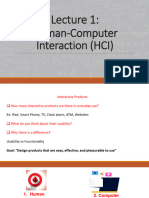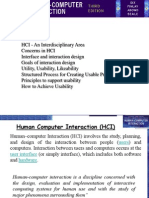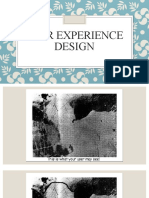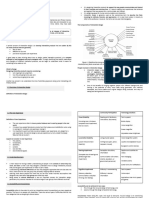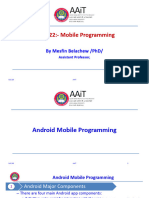0% found this document useful (0 votes)
17 views57 pagesIntroduction To Interaction Design
Introduction to Interaction Design - Lecture 2 of Human Computer Interaction unit.
Uploaded by
daxec32990Copyright
© © All Rights Reserved
We take content rights seriously. If you suspect this is your content, claim it here.
Available Formats
Download as PPTX, PDF, TXT or read online on Scribd
0% found this document useful (0 votes)
17 views57 pagesIntroduction To Interaction Design
Introduction to Interaction Design - Lecture 2 of Human Computer Interaction unit.
Uploaded by
daxec32990Copyright
© © All Rights Reserved
We take content rights seriously. If you suspect this is your content, claim it here.
Available Formats
Download as PPTX, PDF, TXT or read online on Scribd
/ 57
















